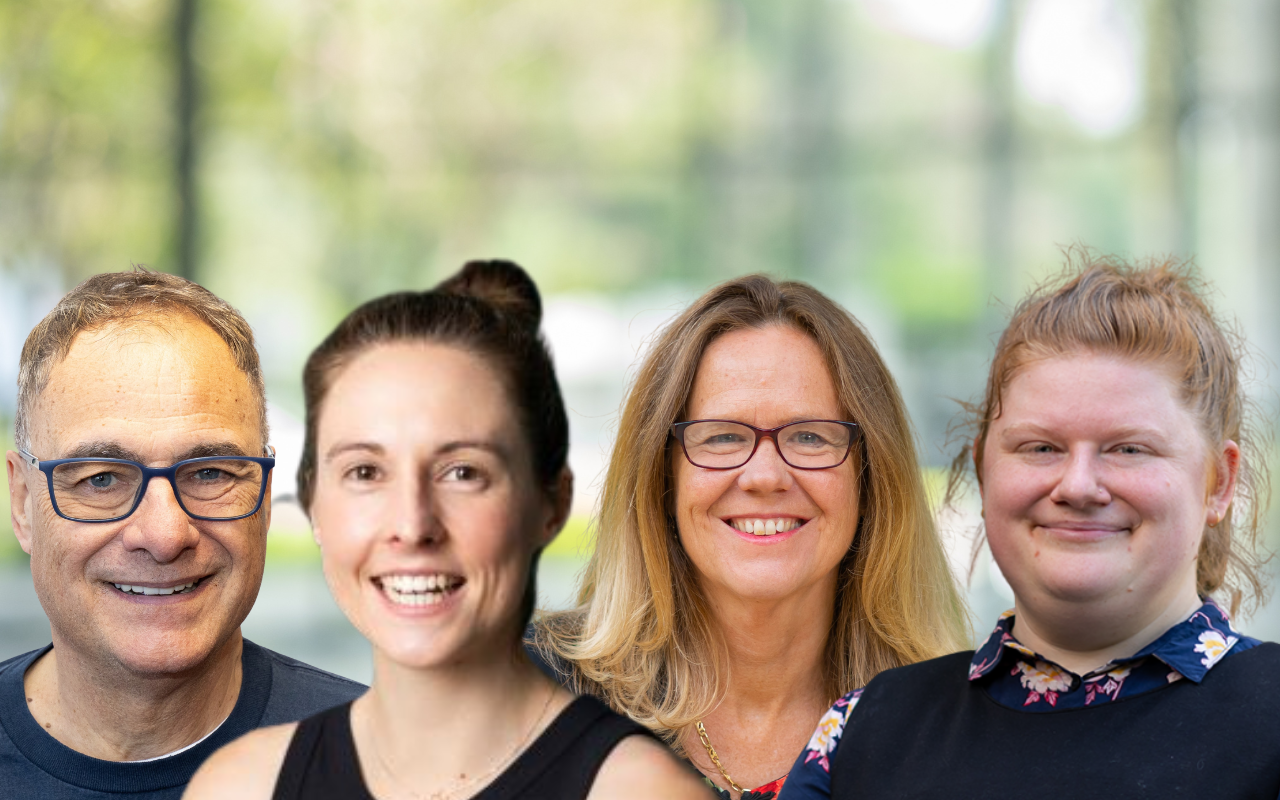Maintaining treatment in the community, minimising admissions to hospital and shorter lengths of stay are common goals of community treatment orders. However, there is mounting evidence that too many people placed on these orders don’t experience these potential benefits. We found that any decreases in readmissions or the length of hospital stay mainly occur in people with non-affective psychoses such as schizophrenia, schizo-affective disorder and drug induced psychoses even though people with many other diagnoses are also placed on orders. The disparities in the use of these orders raise concerns over equity and whether untargeted application could be doing more harm than good.
Most people access specialised mental health care in Australia in community settings. One in seven of these service users (or consumers) is involuntary under what is commonly termed a community treatment order (CTO). Use of CTOs has grown over time and Australia has some of the highest rates in the world. There are also large differences in use across, and even within, jurisdictions in Australia despite broad similarities in legislation and health services. The reasons this variation are unclear (here and here). CTOs are also used more commonly with some people, particularly young men and those born outside Australia.
Beyond the disparities in their use, the effectiveness of CTOs also remains uncertain. While some studies have shown that CTO use reduces hospitalisations and associated length-of-stay, other studies of greater methodological rigour have indicated no benefit to their use at all. Indeed, a meta-regression of Australian and New Zealand studies found that jurisdictions with lower CTO use actually had greater reductions in hospitalisations and associated length-of-stay when compared to voluntary community mental healthcare. However, not all studies were equal in terms of the robustness of their design, nor did many have a control/comparison group or adjust for important confounders like age, sex, socioeconomic status and geographical location. Thus, without taking these factors into consideration, it is hard to understand whether the benefits of CTO use are genuine or reflect natural illness trajectories instead.

What we found
We designed a study that included both a case and control group, and incorporated important confounding variables, in an attempt to understand whether people discharged from hospital on to a CTO in Queensland differed to those who were followed up on a voluntary basis. We examined state-wide administrative data from more than 32,000 Queenslanders, a third of whom had been placed on a CTO between 2019 and 2022. On analyses adjusted for relevant socio-demographic, clinical and health service use confounders, we found that overall, CTOs did not reduce hospital admissions or bed-days. However, CTO placement was associated with significant reductions in hospitalisations and length-of-stay for people experiencing non-affective psychosis (eg, schizophrenia, schizo-affective disorder and drug induced psychoses). By contrast, CTO placement had no effect on subsequent hospitalisations and length-of-stay for people experiencing other psychiatric conditions.
Our findings therefore suggest that untargeted use of CTOs may dilute their potential benefits and unnecessarily subject individuals to coercive treatment without clear evidence of efficacy.
The same research also highlighted disparities in the use of CTOs: First Nations Australians and those from culturally and linguistically diverse backgrounds were more likely to be placed on CTOs, raising questions about equity and cultural sensitivity in mental health care.
This study was part of a three-year project exploring the impact of Community Treatment Orders across four states of Australia — New South Wales, Queensland, South Australia and Victoria.
In another study from the same project, we found large discrepancies in the number of CTOs made across local health areas within these four states in an analysis of more than 402,000 people who had been in contact with mental health services. For instance, there was up to an 18-fold difference in the use of compulsory care in the community across different health areas even within the same jurisdiction (South Australia).
What this means
Studies of administrative data such as these have the advantages of large numbers and jurisdiction-wide coverage. However, we could not adjust for variables such as engagement with services, psychosocial disability, or family supports and relied on proxy indicators such as place of birth and preferred language to determine ethnic background. People on CTOs may therefore have been more severely ill than the voluntary controls even though we attempted to adjust for important covariates. Nevertheless, these findings underscore the need for better cultural understanding and sensitivity in how CTOs are applied to address their greater use in First Nations Australians and people from culturally or linguistically diverse backgrounds.
If CTOs are effective at all, their main effect seems to be reducing hospital admissions and time spent in hospital beds by people with non-affective psychosis. While more research is needed, our findings are likely relevant to countries like New Zealand, the United Kingdom, and Canada who all use similar systems. Practicably, there needs to be significant legislative and practice-based changes to ensure CTOs work more fairly and effectively for people with non-affective psychosis and are used markedly less amongst groups of individuals unlikely to benefit from them. For example, our findings should be incorporated into training materials for all clinicians working with individuals on CTOs to ensure it is clear who is likely to benefit from their use, in what way, and what gaps remain in our understanding of CTO benefit (as they are plentiful). This should prompt greater consideration for who is placed on a CTO and encourage their use to be more judicious.
Since it is unlikely CTOs will be phased out anytime soon, the goal should be to use them in a way that is both fair and effective so that the human rights of individuals experiencing mental illness are upheld.
Steve Kisely is a public health physician and psychiatrist with a longstanding interest in evidence-based practice and human rights who is a professor at The University of Queensland.
Claudia Bull is a research fellow in psychiatric epidemiology at The University of Queensland with an interest in health outcome, service use and equity amongst vulnerable populations.
Lisa Brophy is a Professor in Social Work and Social Policy at La Trobe University. Lisa’s work has focused on human rights and reducing restrictive practice and compulsory treatment, evaluations of recovery-oriented practice and innovations in service delivery.
Tessa-May Zirnsak is an early career researcher and consumer academic at La Trobe University. Tessa’s research centres around understanding how and why people diagnosed with mental illness face coercion and control in their interaction with mental health systems.
The statements or opinions expressed in this article reflect the views of the authors and do not necessarily represent the official policy of the AMA, the MJA or InSight+ unless so stated.
Subscribe to the free InSight+ weekly newsletter here. It is available to all readers, not just registered medical practitioners.
If you would like to submit an article for consideration, send a Word version to mjainsight-editor@ampco.com.au.

 more_vert
more_vert
Is using the number of psychiatric hospital admisisons and readmissions the most appropriate yardstick to measure the benefit of CTOs?
In this context it would be appropriate to study the incidence of suicides, murder-suicides and family violence cases.